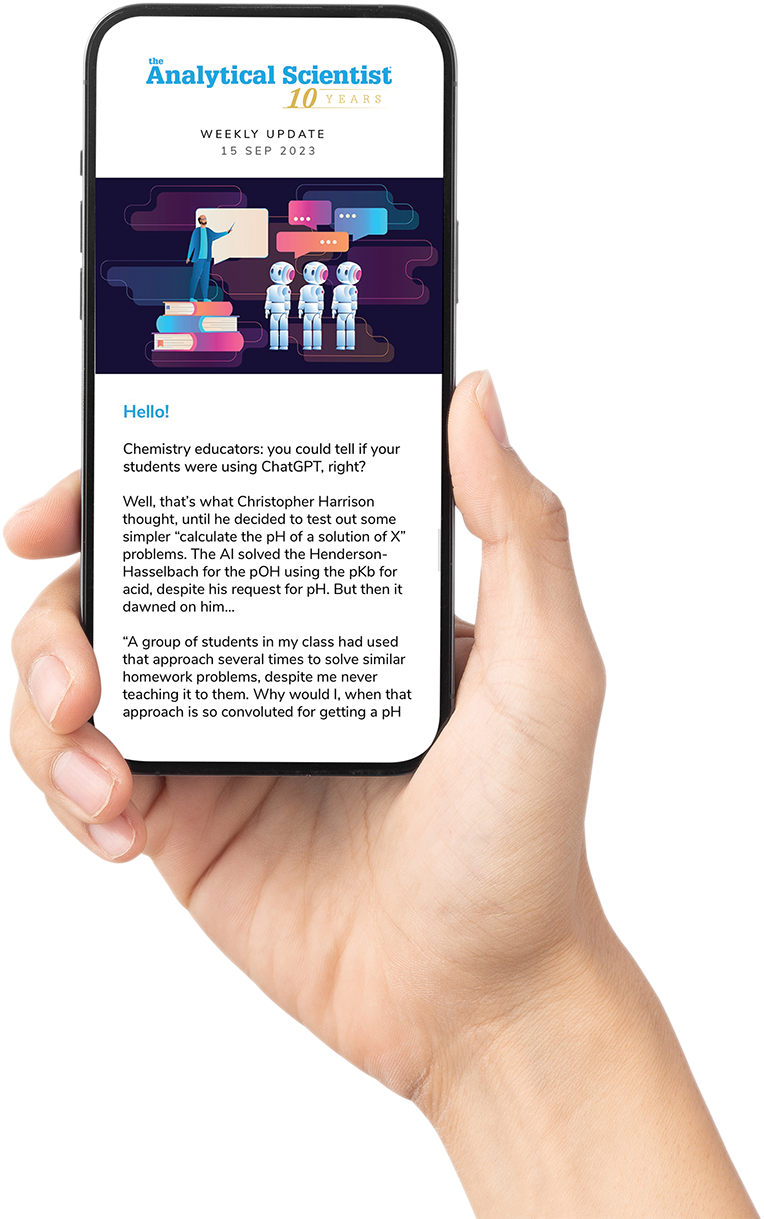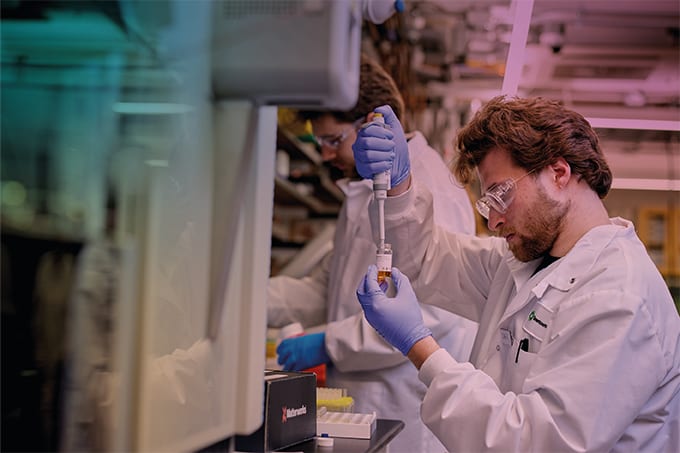China is rapidly becoming the world leader in industrial automation. Take Xiaomi, for example, which has invested approximately $330 million in a fully autonomous “dark factory” that operates 24/7 to produce smartphones. In stark contrast, most analytical laboratories – at least the ones I know, primarily in Europe – function much the same as they did a century ago. The idea of a “dark analytical lab” might sound far-fetched, especially in the face of looming cuts to public research and development funding across much of the Western world, but I believe that a fully, or at least highly, automated analytical lab is closer than it seems.

My optimism stems from firsthand experience. About eight years ago, I read an article by a scientist who claimed that it was possible to program a robot using intuitive software. I don’t remember the scientist's name or the journal, but I do recall being deeply impressed and enthralled. Eight years later, we have demonstrated that a domain expert in the field of analytical chemistry can actually automate a highly complex analytical workflow. This achievement is particularly gratifying given that one of our initial project proposals was rejected by a reviewer who questioned our core innovation – and our team’s competence in lab automation altogether! Nevertheless, we managed to secure funding for this project in a subsequent call.
With that experience in mind, I am convinced that we can achieve a “dark lab” within the next decade, in both academia and industry. However, to make this a reality, we must address the connectivity issue. Instrument and software vendors need to embrace standardized communication protocols at scale. Thankfully, we don’t need to wait – standards such as SiLA 2 (Standardization in Laboratory Automation) and LADS OPC UA (Laboratory and Analytical Device Standard Open Platform Communication Unified Architecture) are already available and built on non-proprietary frameworks. When devices support such universal standards, seamless data flow becomes possible – paving the way for the “AI party.”
When we began exploring lab automation, we focused on building automated workflows using intuitive, drag-and-drop software. These systems are composed of modular building blocks – each one representing a specific task like moving a robotic arm or opening a gripper.
The next frontier? The ability to interact with the robot via a large language model (LLM). I really believe this is the future. I’d love to be able to talk to all my instruments and discuss my lab data with an AI lab agent! We could then also apply this concept to workflow orchestration. Currently, the lab execution system we use requires at least some basic programming and coding skills. But in the near future, it might become easier to create digital SOPs by simple drag-and-drop tools – or even by prompting an LLM.
Critics point out that this won’t work because LLMs have inherent flaws, such as hallucination. While this is true, the same applies to human experts – their answers must be analyzed carefully, too! Rather than replacing experts, AI will help us accelerate and refine the insights we draw from our experiments.
In addition, some question whether full automation makes sense in dynamic environments like R&D labs, where methods are continuously developed and adapted. Although this complexity is real, we should not be content with the fact that some of our best-trained students and scientists are still scribbling notes in paper lab notebooks. Surely we can do better.
Let's work together to make the dark lab a reality – not to replace human scientists, but to free them from tedious tasks. Let's focus on the output and give more credit to the data produced by our high-end analytical instruments. Some may strongly oppose this, but I look forward to engaging in a lively discussion so that we can develop systems that are easier to use, more flexible, and offer a variety of options for assessing data quality based on their built-in sensors.




